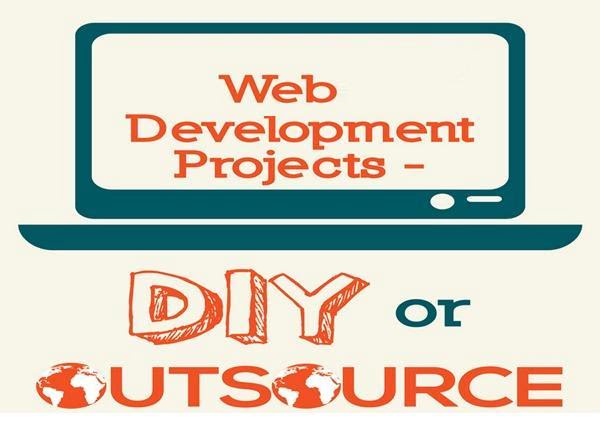 20 Mar 2024
20 Mar 2024“Web development has evolved significantly from static HTML websites to dynamic Jamstack applications, reflecting advancements in technologies and frameworks.”

Web developments have come a long way. It has started setting it front with HTML, and now most of the web development is using Jamstack and it has become their prominent choice. Let's start this detailed and intuitive journey of the evolution of web development from HTML to Jamstack. The era of 1990 was the starting era of HTML, which was primarily used to create static web pages. it provides a structured display of content on the internet. This era was called as first-era website created by Tim Berners-Lee, which was a collection of static HTML pages. The journey to Jamstack from HTML is a long way to come, in this blog we will explore the evolution of the amazing web development languages, from HTML to Jamstack.
Web development has undergone a remarkable evolution since its inception. From the static HTML-based websites of the early days to the dynamic and scalable modern web applications built with the Jamstack architecture, the journey of web development has been marked by significant advancements in technologies, frameworks, and concepts.
In the early days of the World Wide Web, web development primarily revolved around creating static websites using HTML, CSS, and a sprinkle of JavaScript for basic interactivity. These websites were simple, consisting of individual HTML files for each page, and were served directly from a web server to the client's browser upon request.
As the demand for more interactive and dynamic web experiences grew, server-side technologies such as PHP, ASP.NET, and Java EE gained prominence. These technologies allowed for the generation of dynamic content on the server before delivering it to the client's browser, enabling features like user authentication, personalized content, and database interactions.
The introduction of client-side JavaScript frameworks, such as Angular, React, and Vue, revolutionized web development by enabling the creation of single-page applications (SPAs). SPAs load a single HTML page and dynamically update the content as the user interacts with the application, providing a smoother and more responsive user experience.
The Jamstack architecture, which stands for JavaScript, APIs, and Markup, represents a significant shift in modern web development. It decouples the front end from the back end, leveraging pre-built Markup, client-side JavaScript, and reusable APIs to create fast, secure, and highly scalable web applications.
The evolution of web development from traditional HTML-based websites to the modern Jamstack architecture has been marked by a series of transformative advancements. Each stage brought its own set of benefits and challenges, ultimately contributing to the rich and diverse landscape of web technologies we have today.
As we look to the future, the Jamstack architecture continues to gain traction, empowering developers to build faster, more secure, and highly scalable web applications. By embracing the principles of decoupling, pre-rendering, and leveraging APIs, the Jamstack represents the next frontier in web development, setting the stage for even more exciting innovations in the years to come.
The evolution of web development is a testament to the industry's relentless pursuit of better, faster, and more efficient ways to deliver compelling web experiences, and the Jamstack stands as a shining example of this progress.


 28 Oct 2014
28 Oct 2014
